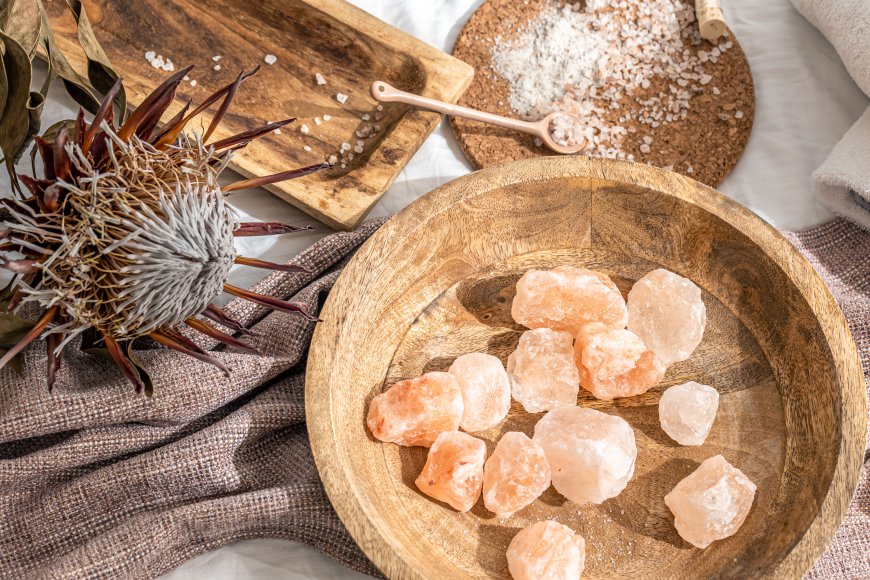edible salt types
Salt is much more than just a seasoning; it is an essential ingredient that can elevate the flavors in any dish.

edible salt types
Salt, also known as sodium chloride, is one of the most fundamental ingredients in cooking, enhancing flavor, preserving food, and even playing a crucial role in human health. However, not all salts are the same. There are numerous types of edible salt available today, each with unique characteristics, origins, and culinary applications. In this guide, we will explore the various types of edible salt, their properties, and how they are best used in cooking and beyond.
Algohar World natural salt lamps that are believed to provide various benefits, combining both the aesthetic appeal and the potential health advantages associated with Himalayan salt lamps.
Introduction to Edible Salt
Salt is an essential mineral for human survival, playing a key role in bodily functions such as maintaining fluid balance, transmitting nerve impulses, and muscle contraction. However, salt is also a cornerstone in cooking, used not only for flavoring but also for preserving food and enhancing texture.
Edible salts come in many varieties, derived from different sources, with varying crystal sizes, textures, and flavors. Some salts are mined from underground deposits, while others are harvested from evaporated seawater or mineral springs. The method of extraction and the processing involved create distinct types of salts, each with unique applications in the kitchen.
Table Salt
What is Table Salt?
Table salt is the most common and widely used type of salt in households and kitchens around the world. It is typically mined from underground salt deposits and undergoes heavy processing to remove impurities and trace minerals. Table salt is then refined into fine, uniform crystals, often with anti-caking agents added to prevent clumping.
Sea Salt
What is Sea Salt?
Sea salt is harvested by evaporating seawater, leaving behind salt crystals that retain trace minerals from the ocean. Depending on the body of water from which it’s harvested, sea salt can have varying flavors and mineral content. Unlike table salt, sea salt is typically less processed, retaining more of its natural characteristics.
Kosher Salt
What is Kosher Salt?
Kosher salt is a coarser, less processed form of salt that is commonly used in cooking. The name "kosher salt" comes from its use in the koshering process, where it is used to draw out blood from meat according to Jewish dietary laws. Kosher salt has large, irregular crystals and contains no additives, making it a favorite among chefs.
Note: Different edible salt types offer unique benefits in terms of flavor, texture, and nutrition. While table salt is widely used due to its accessibility and iodine content, other salts.
Himalayan Pink Salt
What is Himalayan Pink Salt?
Himalayan pink salt is a type of rock salt mined from the Khewra Salt Mine in Pakistan, located in the foothills of the Himalayas. This salt is famous for its distinctive pink color, which comes from trace minerals such as iron, magnesium, and potassium. Himalayan salt is less processed than table salt, making it a popular choice for those seeking a more natural alternative.
Fleur de Sel
What is Fleur de Sel?
Fleur de sel, which translates to "flower of salt" in French, is a rare and delicate type of sea salt harvested from the surface of salt ponds in specific regions like Brittany, France. It forms under precise weather conditions, where the thin crust of salt is carefully hand-harvested. Fleur de sel is known for its fine, moist crystals and complex flavor profile.
Celtic Sea Salt
What is Celtic Sea Salt?
Celtic sea salt, also known as Sel Gris or grey salt, is harvested from the tidal flats along the coast of Brittany, France. It is hand-harvested using traditional methods and retains its natural moisture and minerals, giving it a distinct grey color. Celtic sea salt is prized for its rich mineral content and complex flavor.
Black Salt (Kala Namak)
What is Black Salt?
Black salt, or **Kala Namak**, is a volcanic rock salt that originates from the regions of India and Pakistan. Despite its name, black salt is actually reddish-black due to the presence of trace minerals like sulfur, which gives it a distinctive, pungent flavor. Black salt is commonly used in South Asian cuisine and Ayurvedic medicine.
Smoked Salt
What is Smoked Salt?
Smoked salt is a type of salt that has been infused with smoke from burning wood, usually from specific types of hardwood like oak, hickory, or cherry. The salt absorbs the smoky flavor during the smoking process, adding a deep, rich taste to dishes.
Conclusion
Salt is much more than just a seasoning; it is an essential ingredient that can elevate the flavors in any dish. With so many types of edible salt available, each offering unique textures, flavors, and culinary applications, understanding the differences between them allows for more creative and precise cooking. Whether you're using the fine grains of table salt for baking or the large, crunchy flakes of sea salt for finishing, choosing the right salt can make all the difference in your culinary endeavors.

 Tagxa1122
Tagxa1122